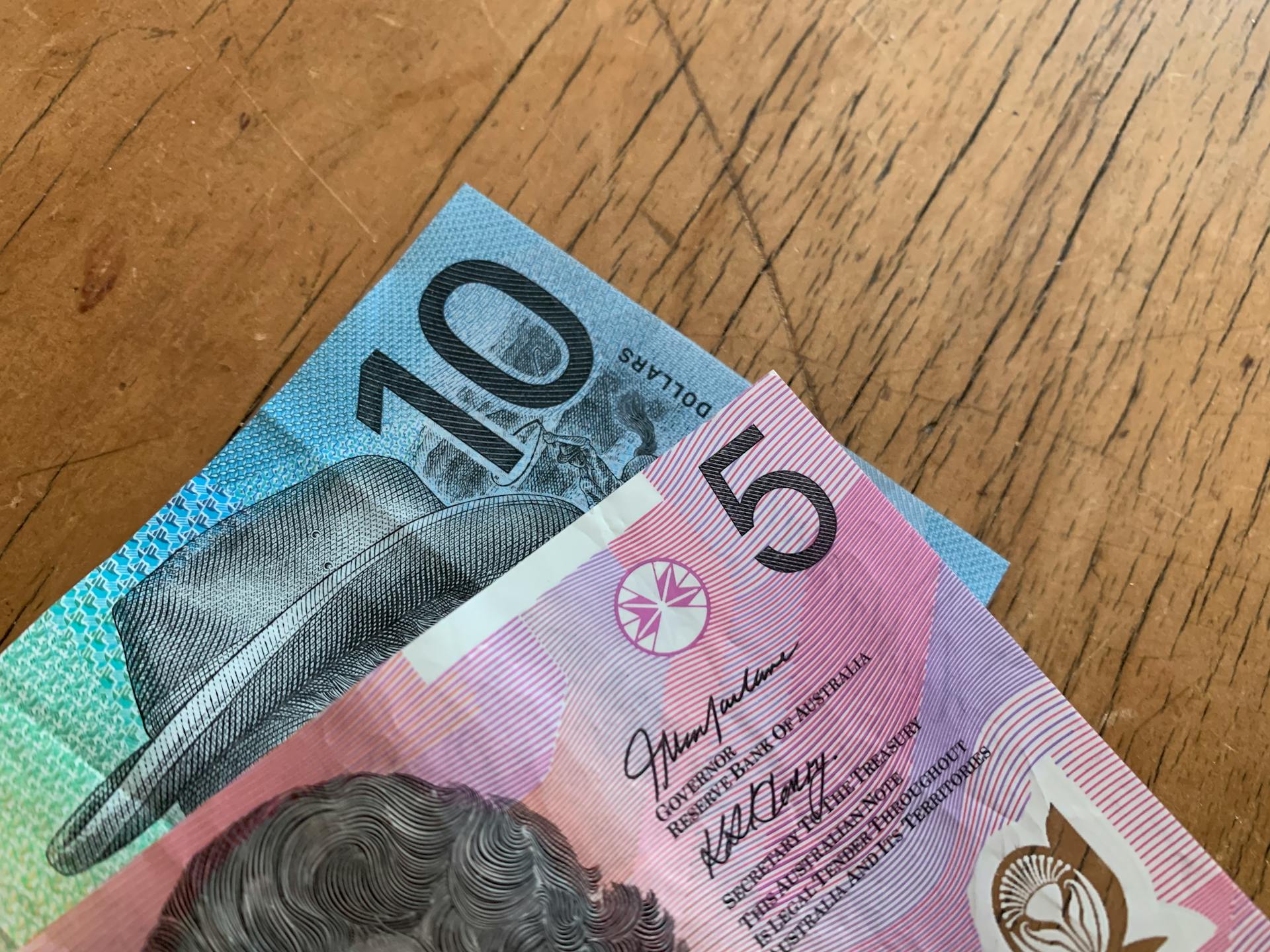
Dollarized economies are those where a country uses a foreign currency as its official currency, rather than its own. This can happen for various reasons, such as a lack of trust in the local currency or a desire to attract foreign investment.
The most common example of a dollarized economy is Ecuador, which has used the US dollar as its official currency since 2000. This decision was made to stabilize the country's economy and reduce inflation.
In a dollarized economy, businesses and individuals often use the foreign currency for transactions, and it's not uncommon to see prices listed in both the local currency and the dollar. This can make it easier for tourists and international businesses to navigate the economy.
Dollarization can also have a significant impact on a country's economy, including influencing interest rates and exchange rates.
A fresh viewpoint: Dollarized Countries
What Is Dollarization
Dollarization is the process of adopting a foreign currency, like the US dollar, to supplement or replace a country's domestic currency.
On a similar theme: Dollar Currency Trading

Dollarization can happen in two ways: informally, where businesses and people choose to use a foreign currency, or formally, where a country adopts a foreign currency as its official currency.
The value of the currency is subject to its respective country, meaning it can fluctuate based on economic conditions.
A country can still use its domestic currency, and the foreign currency would be used as a supplementary currency, known as partial dollarization or currency substitution.
De facto dollarization occurs when a foreign currency is used alongside the domestic currency as a means of exchange or as a means of saving in hard currency.
This type of dollarization is also known as complete structural dollarization in an economy.
A fresh viewpoint: Currency Exchange Ethiopian Birr
Types of Dollarization
Dollarization comes in many forms, each with its own unique characteristics. Let's take a closer look at the different types of dollarization.
Complete dollarization is when a country only accepts foreign currency as legal tender. This means that the local currency is no longer used.
Discover more: U.s. Dollar Notes
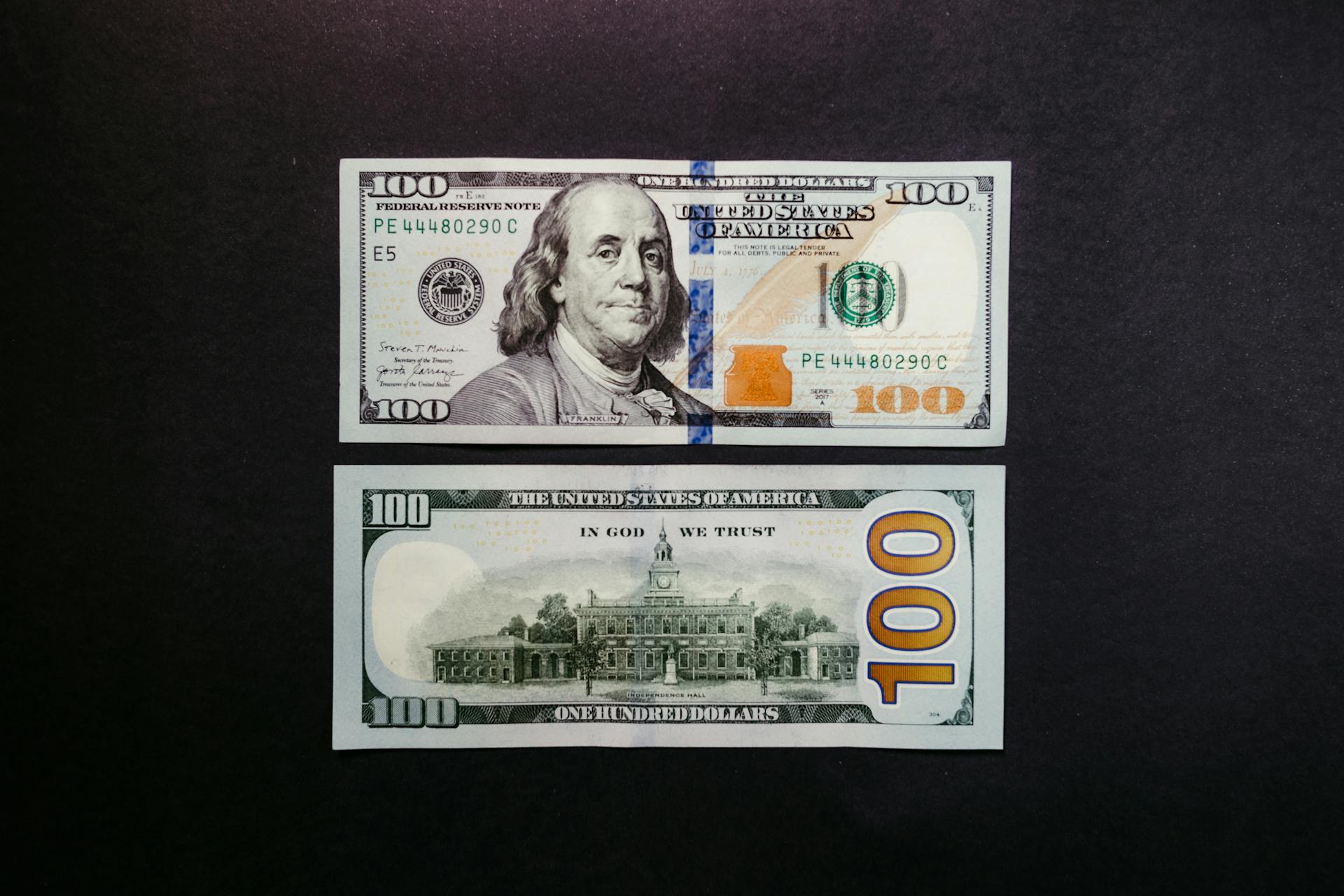
Partial dollarization is when both the foreign and local currencies are accepted as legal tender. This can be a more gradual approach to dollarization, allowing the local economy to adapt.
Official dollarization occurs when a country's government and monetary authorities officially accept a foreign currency as its legal tender. This is a formal recognition of the foreign currency's value.
Unofficial dollarization happens when people in a country choose to hold their savings in foreign currency, often due to inflation concerns. This can be seen as a way to protect one's wealth from economic uncertainty.
Here are the main types of dollarization:
- Complete dollarization: Foreign currency is the only legal tender.
- Partial dollarization: Foreign and local currencies are accepted as legal tender.
- Official dollarization: Government and monetary authorities accept a foreign currency as legal tender.
- Unofficial dollarization: People hold savings in foreign currency due to inflation concerns.
Countries and Currency
Countries with unstable exchange rates or currencies are more susceptible to speculative attacks, which can drastically devalue the worth of the domestic currency.
A country can decrease and increase their money supply under the world's current monetary system, but poor economic conditions or monetary policies can lead to printing more money, causing inflation.
Inflation is one of the primary reasons why a country may introduce dollarization to stabilize their economy.
By choosing to introduce a foreign currency, a country can reduce potential currency devaluation and protect their economy from further instability.
Advantages and Disadvantages

Dollarization has both advantages and disadvantages, which are crucial to consider before making a decision. Dollarization can reduce risk and protect against inflation and devaluation, creating a more stable capital market and ending sudden capital outflows.
One of the significant benefits of dollarization is that it improves global economy integration, making it easier for economies to participate in the world market. This leads to a balance of payments less prone to crises. By adopting a foreign currency, countries can attract foreign investment and stimulate economic growth.
However, dollarization also has its downsides. A country that adopts dollarization loses its ability to print its own money, which means it cannot directly influence its economy or administer monetary policy. This leads to a loss of seigniorage, the profit from issuing coinage, which is now collected by the U.S. Federal Reserve.
In a fully dollarized economy, the central bank loses its role as the lender of last resort for its banking system. This means it cannot provide enough funds to cover withdrawals in case of a run on deposits. Additionally, a country that adopts dollarization must buy its securities back in U.S. dollars, which can be a challenge if it lacks sufficient reserves.

Here are some key advantages and disadvantages of dollarization:
Overall, dollarization can be a complex and multifaceted issue, with both benefits and drawbacks. It's essential to carefully weigh these factors before making a decision.
Partial Dollarization
Partial dollarization is a widespread phenomenon, with 18 out of 52 countries that borrowed from the IMF having a share of financial assets held in foreign currency exceeding 30 percent as of 1995.
In many highly dollarized countries, cash is more important than deposits for transactions and often as an asset, due to mistrust in the domestic banking system or to conceal wealth from the authorities.
Table 1 shows the reported ratios of foreign currency deposits (FCD) to broad money in countries with IMF arrangements since 1986, with the median and average ratios increasing over time.
The median ratio of FCD to broad money rose from 41.7 percent in 1991 to 48.6 percent in 1994, while the average ratio increased from 48.6 percent to 49.4 percent during the same period.
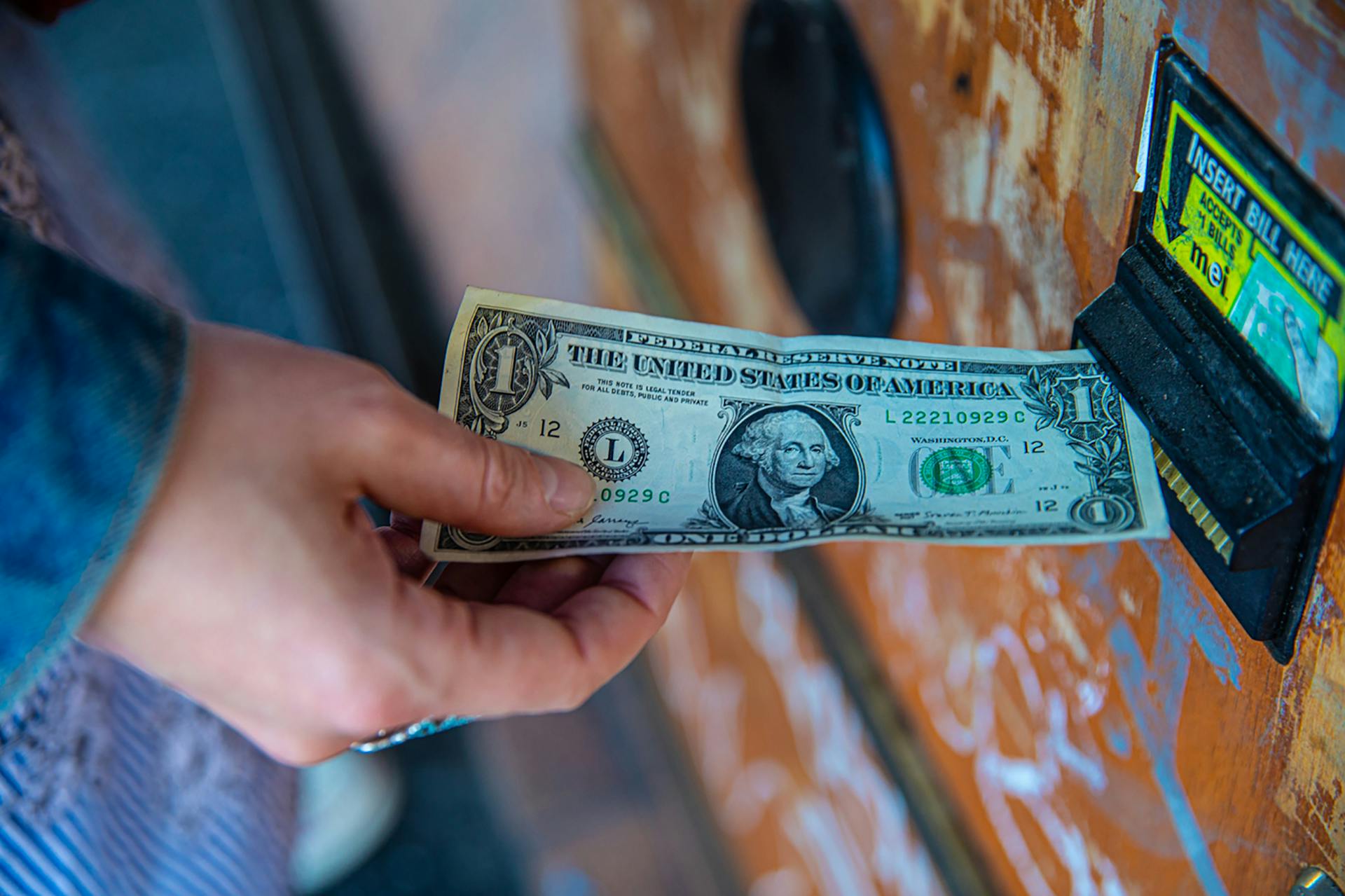
People hold foreign currency assets chiefly for four reasons: rapid or unpredictable depreciation of the national currency, portfolio diversification, fears of confiscation, and convenience.
Rapid or unpredictable depreciation of the national currency is a major reason, with many countries experiencing rapid inflation and resorting to asset substitution to protect the value of their wealth.
In most countries where the foreign currency eventually displaced the domestic currency as a means of payment, that happened only after a long period of time, suggesting it is difficult and costly to switch from one currency to another.
Some countries with high levels of dollarization include Argentina, Bolivia, and Peru, with the share of foreign currency deposits exceeding 30 percent as of 1995.
The costs of partial dollarization include making monetary policy implementation more difficult, making an economy more vulnerable to capital flows, depriving the government of a source of revenue, and making domestic financial systems vulnerable in case of a currency depreciation.
In a dollarized economy, dealing with two or more currencies involves transaction costs, and economic agents often need to incur costs in hedging and diversifying their positions, which would not happen in a single-currency environment.
Here are some examples of countries with high levels of dollarization:
The government may be reluctant to resort to devaluing the currency even when there is a strong case to do so, which can lead to such a measure being undertaken too late.
Full Dollarization

Full dollarization refers to the replacement of a national currency with a foreign one, making the foreign currency legal tender.
This concept has gained attention in recent years, especially after the success of currency board arrangements in reducing inflation rates. Argentina's and Estonia's currency board arrangements, for instance, rapidly brought down high inflation rates.
The creation of the euro has also made the abandonment of a national currency more politically acceptable. Some countries, like El Salvador and Ecuador, have considered or implemented full dollarization.
Countries may consider full dollarization to give their economy a stable currency, strengthen stability, or benefit from having the same currency as their main trading partners or sources of capital.
Effects and Considerations
Dollarization can have a significant impact on a country's economy, both positively and negatively. The benefits of dollarization are more pronounced on the economic front, where it can help control currency volatility and boost international trade.
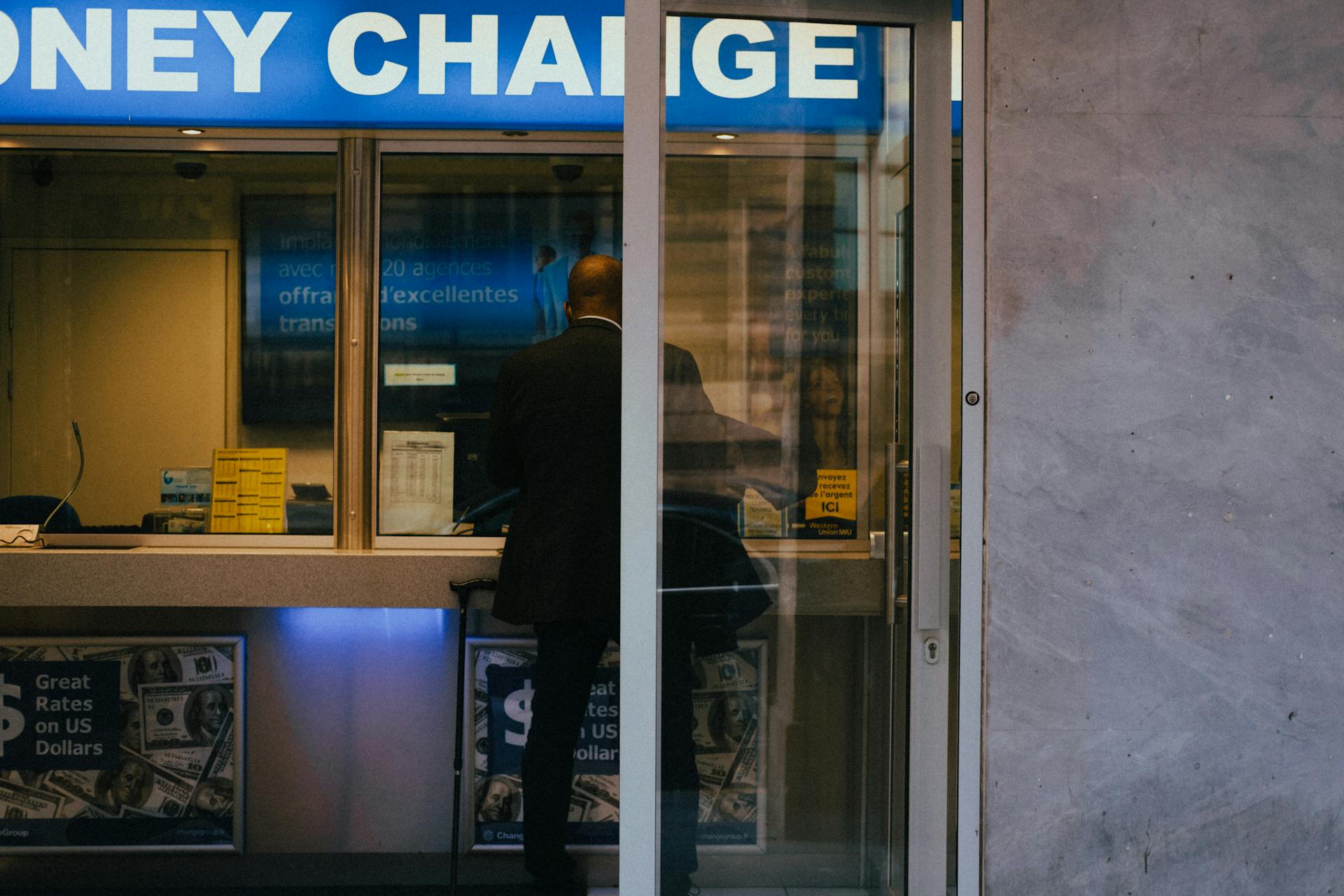
The domestic currency experiences lesser fluctuation since it is usually pegged with US dollars, which is highly stable. This stability can be a major draw for investors, who gain confidence in the economy due to the reduced risk of currency fluctuations.
However, there are also some significant drawbacks to dollarization. One of the main concerns is the loss of control over monetary policy, which can lead to economic unrest if the domestic economy is unable to use monetary policy tools to boost its economy.
Here are some of the key effects of dollarization:
- Control on currency volatility
- Boost to international trade
- Investors gain confidence
- Lack of control on monetary policy
- Vulnerable to fluctuations on the US
These effects can have a significant impact on a country's economic development, and it's essential to carefully consider the pros and cons before implementing dollarization.
Prudential Considerations
In dollarized economies, the risk of systemic failure is a major concern. The central bank's limited ability to act as lender of last resort makes it crucial to have measures in place to limit this risk.

Supervisory authorities must carefully monitor the level of risk taken on by financial institutions. This involves assessing the quality of their internal risk management arrangements.
Setting and monitoring foreign exchange exposure limits is also essential. Limiting the mismatch of maturing assets and liabilities is another key consideration.
Supervisors must be vigilant to ensure banks thoroughly evaluate the repayment capacity of borrowers in case of a devaluation. This is especially important in economies like Argentina, where a systemic crisis could have severe consequences.
Banks are required to hold certain assets in liquid form to deal with unforeseen liquidity needs. In Argentina, this means holding assets that are easy to liquidate and not affected by a systemic crisis.
For more insights, see: American Dollars in Argentina
Effects
Dollarization can have both positive and negative effects on an economy. The benefits of dollarization are more pronounced on the economic front, while the drawbacks are more significant on the political front.
The domestic currency experiences lesser fluctuation since it is usually pegged with US dollars, which is highly stable. This means that businesses and individuals can rely on a more stable exchange rate when conducting international trade.

Boosting international trade is another advantage of dollarization. Since the US Dollar is widely accepted globally, it becomes easier for the economy pegged to dollars to conduct trade with various countries worldwide.
Investors gain confidence in economies with a history of fluctuations or extremely high inflation rates due to dollarization. This can lead to increased investment and economic growth.
However, there are also some significant drawbacks to consider. The country adopting dollarization has to give up its hold on the country's monetary policies, which can sometimes lead to economic unrest.
Here are some key effects of dollarization:
- Control on currency volatility – Domestic currency experiences lesser fluctuation since it is usually pegged with US dollars, which is highly stable.
- Boost to international trade – Since the US Dollars are accepted globally for international trade, it becomes easy for the economy pegged to dollars to conduct trade with various countries worldwide.
- Investors gain confidence – Dollarization helps in boosting the confidence level of investors in case of those currencies that have a history of fluctuations or extremely high inflation rates.
- Lack of control on monetary policy – The country adopting this method has to give up its hold on the country’s monetary policies.
- Vulnerable to fluctuations on the US – Since now the home currency is tied to US dollars, any fluctuation in US dollar will affect this currency.
Return
Return on investment is a key consideration for countries opting for dollarization. The reduced risk of devaluation and speculative attacks on the local currency can encourage investors to put their money into the country and its capital market.
Dollarization can help reduce interest rates on foreign borrowing, making it more attractive for investors. This is because an exchange rate differential is no longer an issue.
The International Monetary Fund (IMF) reports that the USD accounted for 59% of allocated currency reserves as of Q1 2023, highlighting the widespread adoption of the US dollar.
Alternatives and Conclusion
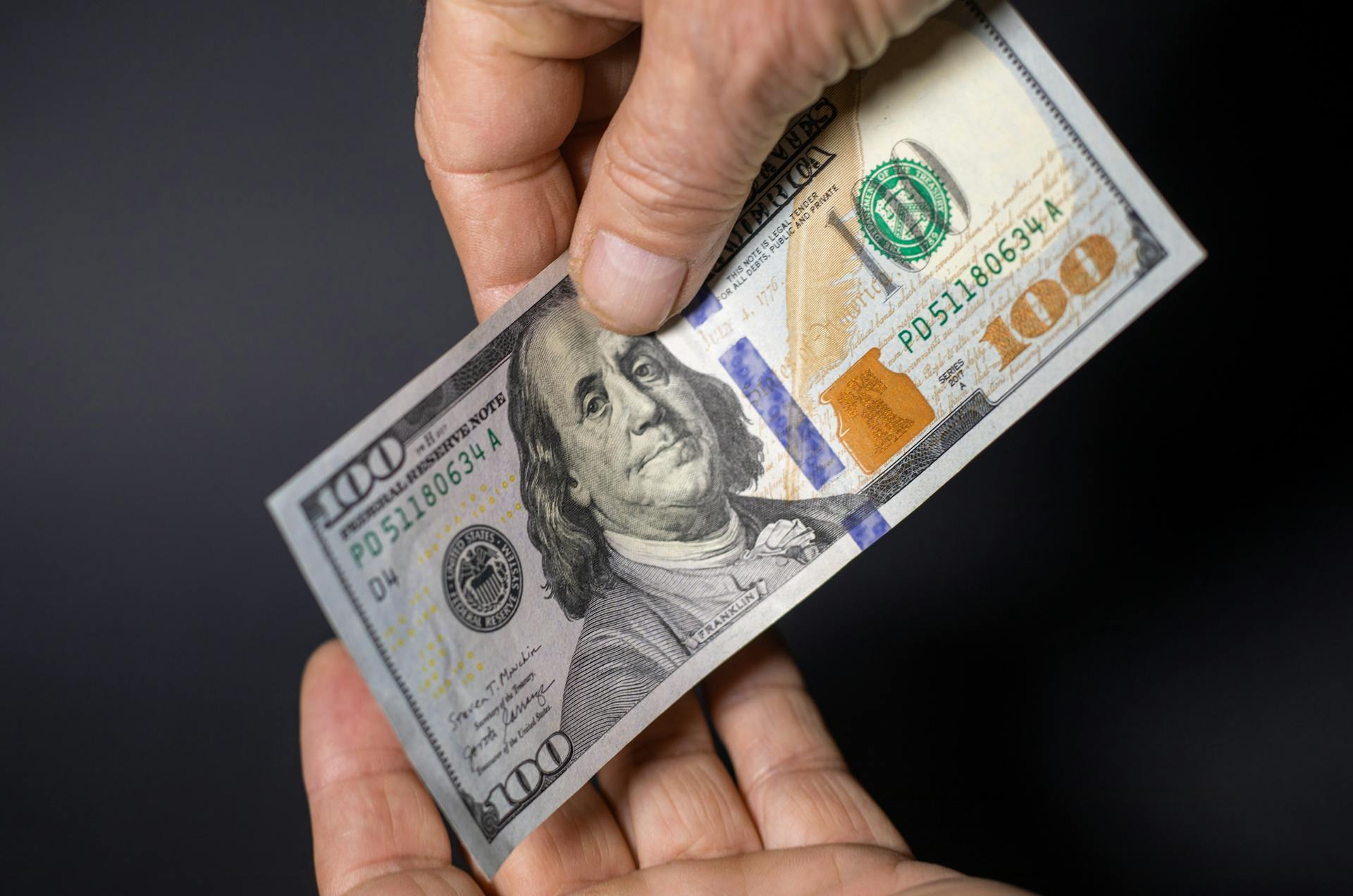
Indexation, or holding real assets, has been a means for the public to protect its wealth in high-inflation countries, as seen in Brazil and Chile.
Indexation has been widespread in these countries, helping them avoid dollarization despite high inflation.
However, even with indexation, problems can arise, such as increased default rates on dollar-denominated liabilities.
A currency board is an alternative to dollarization, and it's essential to consider its pros and cons, as Berg and Borensztein (2000) discuss.
Currencies in many developing countries suffer from "original sin", a bad reputation caused by past high inflation rates, making it difficult for residents to take on long-term liabilities in domestic currency, as Fernández-Arias and Hausman (2000) argue.
In a dollarized economy, setting up stabilization funds or obtaining private contingent credit lines can help deal with bank emergencies, as noted in Calvo (1999).
Alternative Currencies to US Dollar as Central Bank Reserves
The US dollar isn't the only game in town when it comes to central bank reserves. Traditional alternatives to the dollar include the euro, the yen, and the British pound sterling.
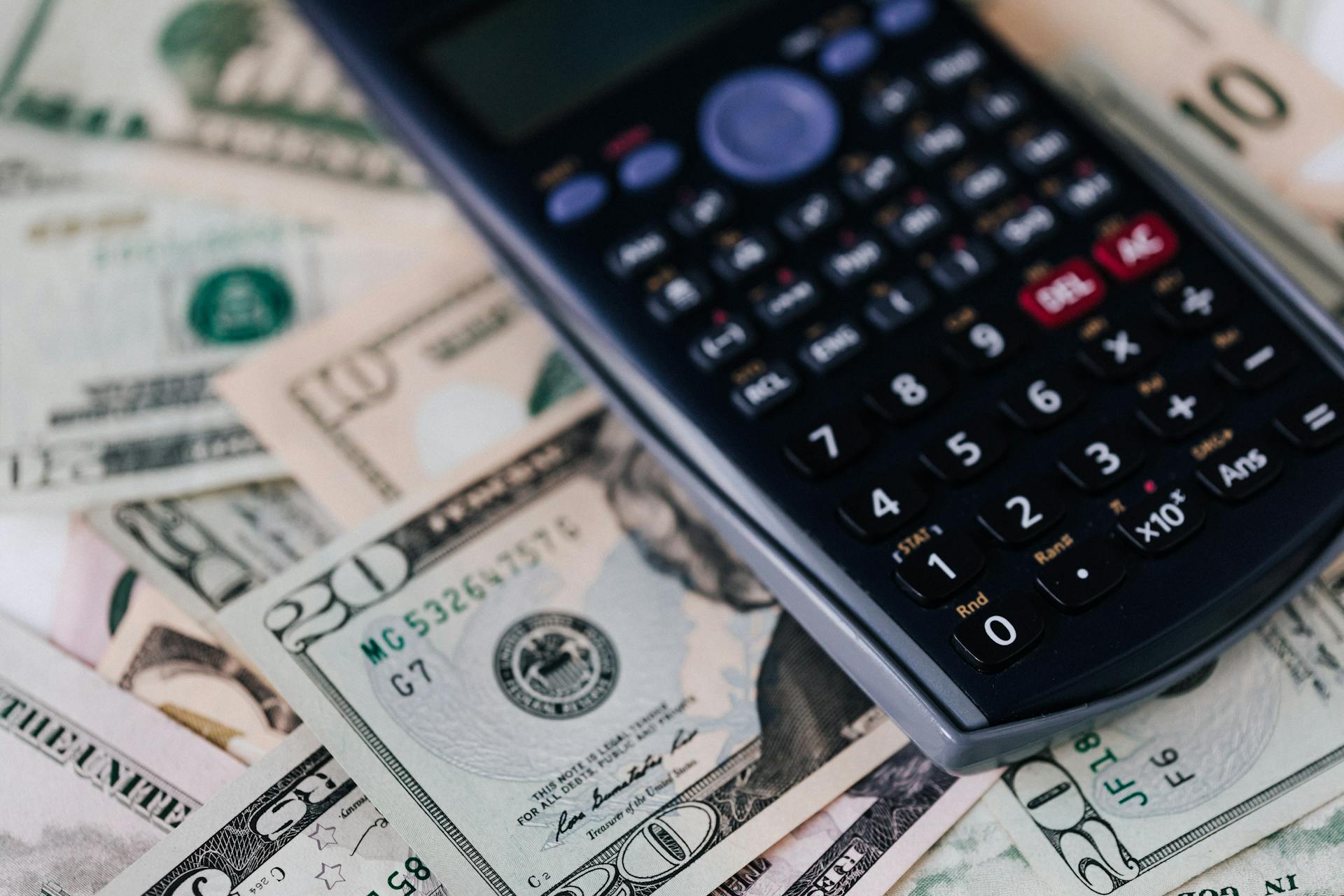
Countries with unstable exchange rates or currencies are more susceptible to speculative attacks, which can drastically devalue the worth of the domestic currency. This is a major reason why countries might choose to introduce dollarization.
The US depends on the dollar's role as a reserve currency to support running large deficits on government spending and international trade. If central banks around the world no longer held dollars, then the US would likely lose this flexibility.
Conclusions
Deciding to give up a national currency to adopt another country's is a momentous decision that countries need to think through carefully. It has several benefits, including price stability and facilitating international trade.
However, it also has costs, such as the loss of seigniorage and the need for nominal wage/price flexibility to effect real wage/price changes. Dollarization should not be seen as a panacea, and sound policies, particularly fiscal and prudential ones, are still essential.
A fresh viewpoint: Currency Exchange Australian to Usd
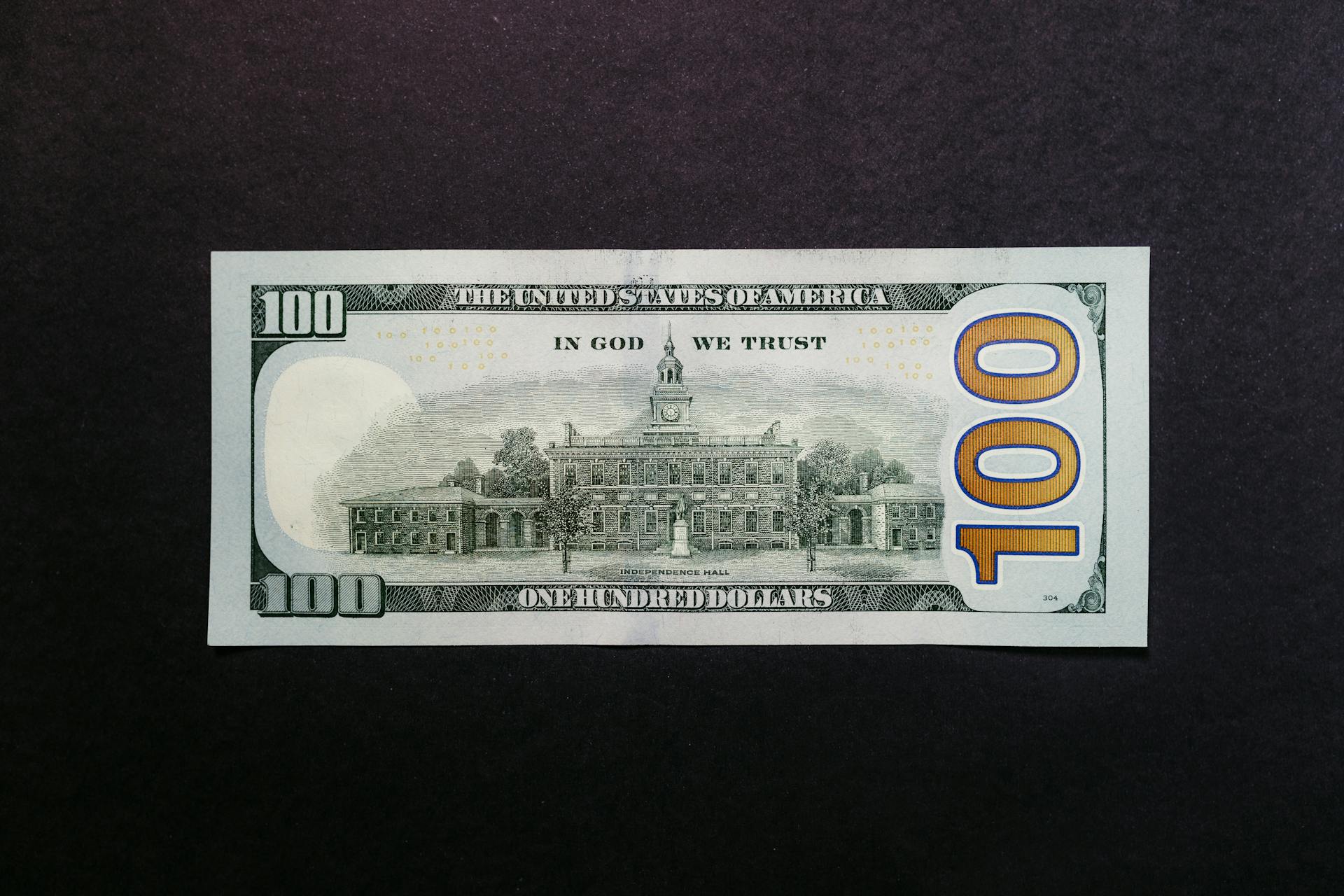
Experience with dollarization is still too short in cases like Ecuador's to fully weigh its merits and drawbacks. However, it is a valid option for policymakers to keep in mind, together with other schemes for exchange rate and monetary policy implementation currently in use.
Indexation, or the holding of real assets, has been another means for the public to protect its wealth in high-inflation countries. Brazil and Chile, where indexation has been widespread, did not become dollarized economies despite the high inflation they suffered.
A similar argument applies to the issuance of indexed debt. This can be very severe, as amply proved by the 1997 crises in Asia, even in nondollarized economies.
Some of the key pros and cons of dollarization include:
- Yield price stability
- Facilitate international trade
- Help lengthen the maturity of financial instruments
- Loss of seigniorage
- Need for nominal wage/price flexibility
It's worth noting that dollarized economies can set up stabilization funds or obtain private contingent credit lines to deal with bank emergencies, as noted in Calvo (1999).
Frequently Asked Questions
Why would a nation dollarize?
A nation may dollarize to achieve price stability, promote international trade, attract foreign investment, and reduce currency risk, ultimately building its financial credibility. By adopting another country's currency, a nation can gain economic stability and attract more business opportunities.
Is Costa Rica a dollarized economy?
Costa Rica has a highly dollarized economy, meaning a significant portion of its economy uses the US dollar as its currency. This dollarization is a key factor in its economic transition towards a managed float regime.
Sources
- https://www.westernunion.com/blog/en/us/all-about-dollarization-which-countries-use-usd-and-why/
- https://www.elibrary.imf.org/view/book/9781589061767/ch030.xml
- https://voxukraine.org/en/de-dollarization-of-a-dollarized-economy
- https://www.investopedia.com/articles/04/082504.asp
- https://www.wallstreetmojo.com/dollarization/
Featured Images: pexels.com


